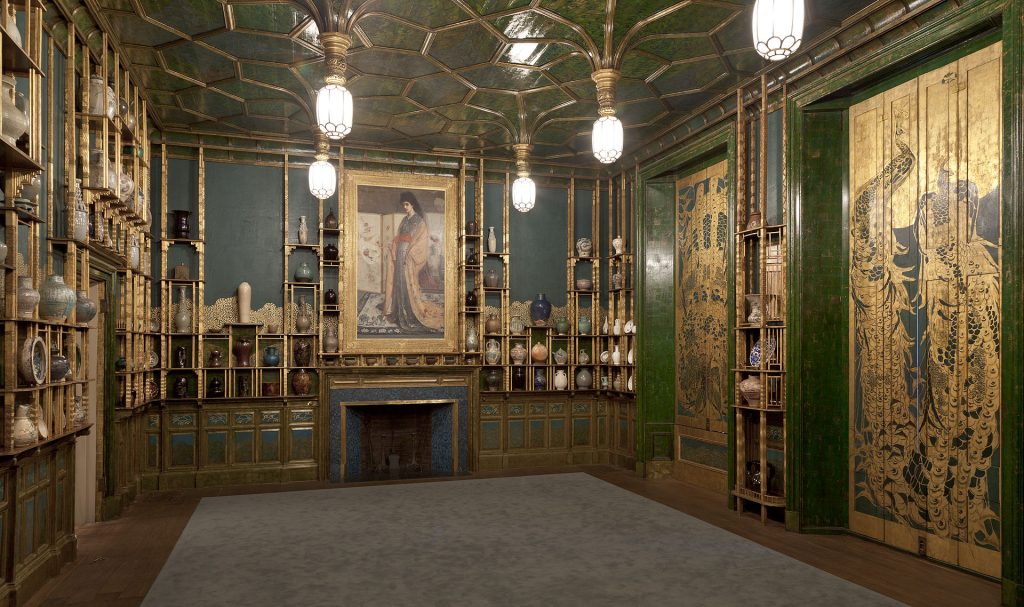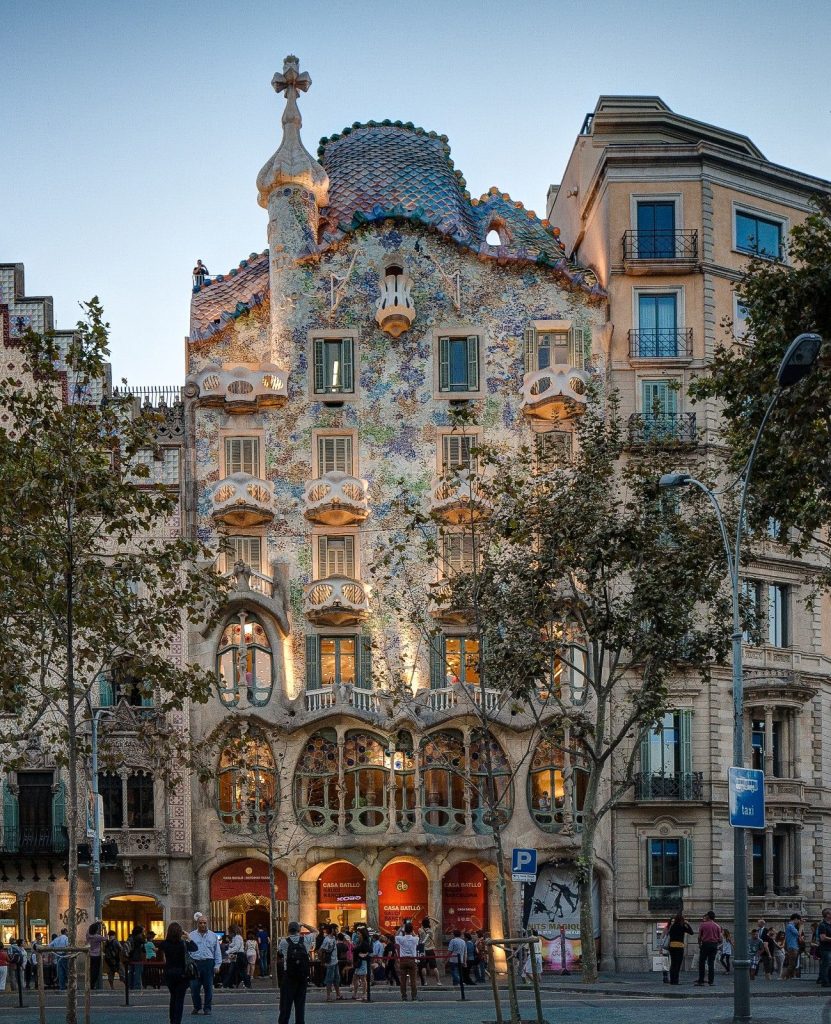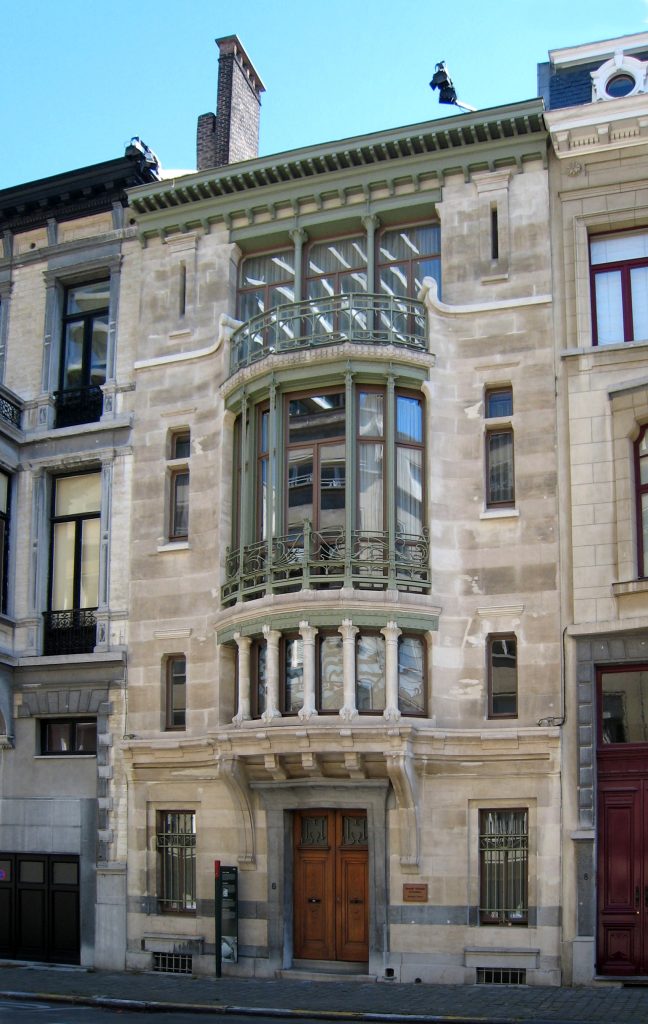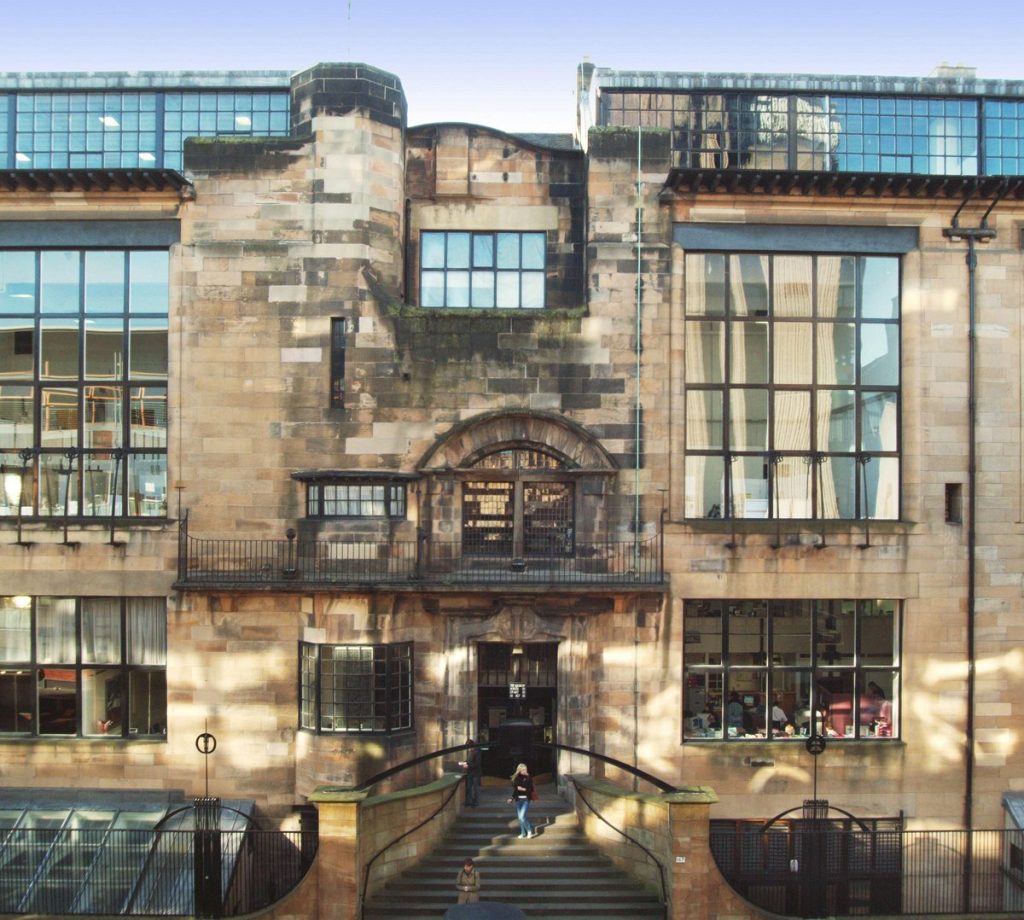Art Nouveau Explained: How Nature Inspired One of History’s Most Beautiful Design Movements
From Gaudí’s dreamlike facades to Horta’s iron arabesques, here’s how the movement made art, architecture, and life flow together
At the turn of the twentieth century, something extraordinary began to bloom in the cities of Europe. It was not born in factories or forged in smoke, but grew instead from a love of nature and a longing for beauty. Art Nouveau emerged as a movement that sought to soften the mechanical edges of the modern world, transforming the cold precision of industrialisation into a language of curves, vines and light.
This was not simply an artistic trend. It was a way of living beautifully, a rebellion against the rigidity of mass production. Art Nouveau artists and architects believed that art should not be confined to museums. It should live on your walls, your furniture, your railings and your streets. Every detail, from a door handle to a windowpane, deserved grace.

The Rise Of A New Aesthetic
The phrase “Art Nouveau”, meaning “new art”, took root in Paris around 1895 after the gallery La Maison de l’Art Nouveau opened its doors. Yet the seeds of the movement had already been sown across Europe. In Belgium, Victor Horta was reshaping architecture through flowing ironwork and cascading glass. In France, Hector Guimard’s entrances to the Paris Métro were transforming the urban landscape into a garden of steel and elegance. In Spain, Antoni Gaudí was reimagining buildings as living organisms of stone and colour. Different regions gave this aesthetic their own name – Jugendstil in Germany, Modernisme in Catalonia, Sezessionstil in Austria – yet their spirit was shared. They all wanted to close the gap between art and life.
A Language Shaped By Nature
Art Nouveau found its muse in nature. The movement’s signature lines mirrored vines, petals and waves. Architects and designers replaced right angles with sweeping curves that mimicked the rhythm of growth. Windows became petals, railings resembled tendrils, and light fixtures spiralled like ferns. The result was not a style built upon symmetry but upon flow, grace and movement.
Its palette was soft yet vivid – earthy greens, floral golds, ocean blues – evoking the living world that inspired it. The interiors were immersive, often described as being more grown than built. Furniture, walls and staircases seemed to merge, as though the entire room were a single sculpture in motion.
The Artists Who Shaped The Movement
Few artistic eras were so defined by its visionaries. Antoni Gaudí in Barcelona created architecture that felt almost divine in its imagination. His façades rippled like water, and his spires reached skyward as though alive. In Brussels, Victor Horta gave architecture a lyrical rhythm through his mastery of iron and glass.

France embraced the movement through Hector Guimard, whose ironwork became a symbol of Paris itself. Across the Channel, Charles Rennie Mackintosh in Glasgow blended the fluidity of Art Nouveau with the restraint of Scottish geometry, producing designs that were both poetic and disciplined.
Meanwhile, in America, Louis Comfort Tiffany turned glass into liquid light with his intricate stained lamps. And in Prague, Alphonse Mucha gave the movement a face through his ethereal posters of women framed by swirling motifs, which captured the romantic heart of the era.
Architecture that Dared To Move
Art Nouveau buildings were unlike anything seen before. They refused to imitate classical orders or industrial uniformity. Instead, they celebrated craftsmanship and individuality. Iron, which had symbolised the machinery of the modern world, was reimagined as a medium of expression. It curved like stems and blossomed into decorative flourishes. Glass ceased to be a mere partition and became a storyteller, colouring interiors with natural light.
Every part of a building was treated with care, from the door hinges to the banisters. The idea of total design – that every element should belong to one harmonious vision – became central to the movement.
The Five Icons Of Art Nouveau
Casa Batlló, Barcelona – Antoni Gaudí

A dream in stone and glass, Casa Batlló embodies nature’s whimsy. Its mosaic façade glimmers like a coral reef and its balconies resemble the bones of mythical creatures. Every inch feels alive.
Hôtel Tassel, Brussels – Victor Horta

Often described as the first true Art Nouveau building, Hôtel Tassel weaves iron and glass into an almost musical rhythm. The structure breathes light and movement, as though architecture itself had learned to dance.
Paris Métro Entrances – Hector Guimard

Perhaps the most recognisable example of urban Art Nouveau. Guimard’s wrought-iron gateways curve like leaves unfurling, turning something as ordinary as a station entrance into an artwork of civic pride.
Glasgow School of Art – Charles Rennie Mackintosh

A quieter yet deeply emotional interpretation of the style, this masterpiece blends floral motifs with geometric purity. Its influence continues to echo through modern design.
The Majolikahaus, Vienna – Otto Wagner

Clad in ceramic tiles printed with floral patterns, this Viennese landmark shines as a marriage between modern engineering and decorative beauty. Wagner’s work bridged the ornate elegance of Art Nouveau with the emerging language of modernism.
A Legacy That Still Blooms
Though Art Nouveau’s moment in the spotlight lasted barely two decades, its influence endures. It paved the way for Art Deco, modernism and today’s organic architecture. Its spirit lingers wherever design seeks to capture emotion rather than function alone.
More than a movement, it was a reminder that the world could be both practical and poetic. A century later, when a building curves like a vine or a lamp glows like a flower, we are reminded of that golden age when beauty and nature spoke the same language.